While thousands of their fellow Americans were about to enter into the Battle of the Bulge and likely face capture under harsh circumstances by the war-weary German enemy, others, already in POWs, celebrated a lonely Christmas holiday, the last of the war, in camps across Europe.
At the well-established camps, some Kriegies (English slang for the German Kriegsgefangenen or prisoner of war) were fortunate to receive Christmas parcels. The American Red Cross packed and shipped 75,000 Christmas parcels in the summer of 1944 leaving time for a Christmas arrival. The packages contained mixtures of food (including canned turkey and fruit cake), tobacco, games, and Christmas decorations.
-

From the Wartime Log of Newton Cole, Oflag 64. Gift of the Men of Oflag 64, 2006.130
-

Christmas Menu, Oflag 64. Gift of the Men of Oflag 64, 2006.130
-

Christmas Menu, Oflag 64. Gift of the Men of Oflag 64, 2006.130
-

Christmas Card from the War Prisoners Aid of the YMCA, 1944. Gift of the Men of Oflag 64, 2006.130
-

Christmas Card from the War Prisoners Aid of the YMCA, 1944. Gift of the Men of Oflag 64, 2006.130
-

Christmas Menu from Stalag Luft I. From the Wartime Log of Olaf Lambert. Gift of Olaf Lambert, 2001.361
-

Contents of Christmas parcels. From the Wartime Log of Olaf Lambert. Gift of Olaf Lambert, 2001.361
-

From the Wartime Log of Willard Miller, Stalag Luft IV. Gift of the Miller Family, 2012.388
-

Willard Miller, American camp representative (Man of Confidence) in Compound B of Stalag Luft IV received a Christmas inscription in his Wartime Log from the YMCA representative Chris Christiansen. Gift of the Miller Family, 2012.388
-

German Christmas card to Willard Miller, Stalag Luft IV. Gift of the Miller Family, 2012.388
-

Christmas mementos from Stalag Luft IV from the Wartime Log of Willard Miller. Gift of the Miller Family, 2012.388
In Stalag Luft III, they had a gigantic “bash.” POWs were given freedom to roam the grounds on Christmas Eve and Christmas night. Alcohol was made in several camps by fermenting raisins from aid packages. Most of the camps had Christmas concerts and services. At Stalag Luft III the auditorium held 700 men, but even with several performances, not all of the 11,000 POWs could see the Christmas pageant. In some of the camps, including Stalag VIIA, some barracks received small Christmas trees from guards, which they decorated with snowflakes cut from tin cans, lint, food labels, and nails. Formal dinners were served in many barracks, every mouthful savored. Some of these details as well as menus, cards and programs, were recorded in Wartime Logs, journals printed by the YMCA and distributed by the Red Cross to POWs in Europe.
Less than a month later, nearly 80,000 Kriegies would begin what was referred to as the Long March. In one of the coldest winters on record—23 December 1944 at Stalag Luft III in Sagan, temperatures hovered just below 0°F—80,000 Allied POWs were evacuated from camps on the eastern edge of German territory and forced, mainly on foot, to camps further away from the advancing Russians.
Learn more about the experiences of POWs in German camps by viewing the exhibit Guests of the Third Reich: American POWs in Europe.
-

From the Wartime Log of Edward Shaw, Stalag VIIA. Gift of Phyllis Shaw, 2001.065
-

From the Wartime Log of Edward Shaw, Stalag VIIA. Gift of Phyllis Shaw, 2001.065
-

From the Wartime Log of Chester “Chet” Strunk, Stalag Luft III. Gift of Chester Strunk, 2012.392
-

From the Wartime Log of Chester “Chet” Strunk, Stalag Luft III. Gift of Chester Strunk, 2012.392
-

From the Wartime Log of Chester “Chet” Strunk, Stalag Luft III. Gift of Chester Strunk, 2012.392
-

From the Wartime Log of Chester “Chet” Strunk, Stalag Luft III. Gift of Chester Strunk, 2012.392
-

From the Wartime Log of Chester “Chet” Strunk, Stalag Luft III. Gift of Chester Strunk, 2012.392
-

From the Wartime Log of Chester “Chet” Strunk, Stalag Luft III. Gift of Chester Strunk, 2012.392
-

Christmas Program from Stalag XVIIB. Gift in Memory of Joseph J. Veronick, 2012.055
-

Christmas Program from Stalag XVIIB. Gift in Memory of Joseph J. Veronick, 2012.055
-

Photograph received by Bruce Worrell in a Red Cross Parcel, Christmas Eve 1944. Gift in Memory of Bruce L. Worrell, Sr., 2011.297
-

From Memoirs of a Prisoner of War by George S. Vasil. Gift of George S. Vasil, 2012.390
Kim Guise
Kimberly Guise holds a BA in German and Judaic Studies from the University of Massachusetts Amherst. She also studied at the Universität Freiburg in Germany and holds a masters in Library and Information Science (MLIS) from Louisiana State University. Kim is fluent in German, reads Yiddish, and specializes in the American prisoner-of-war experience in World War II.
Cite this article:
MLA Citation:
APA Citation:
Chicago Style Citation:
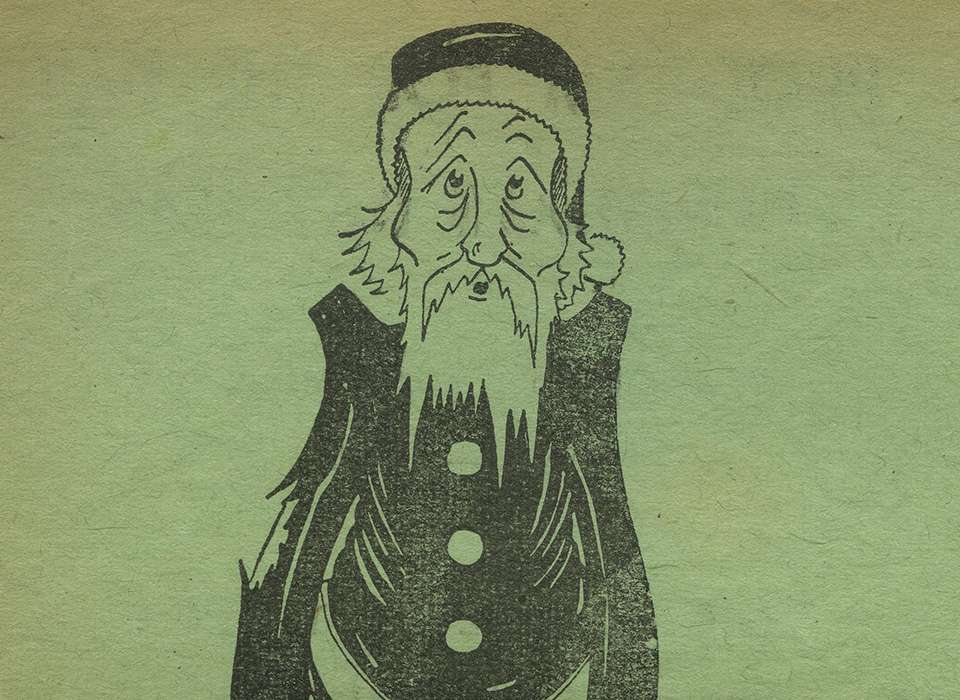
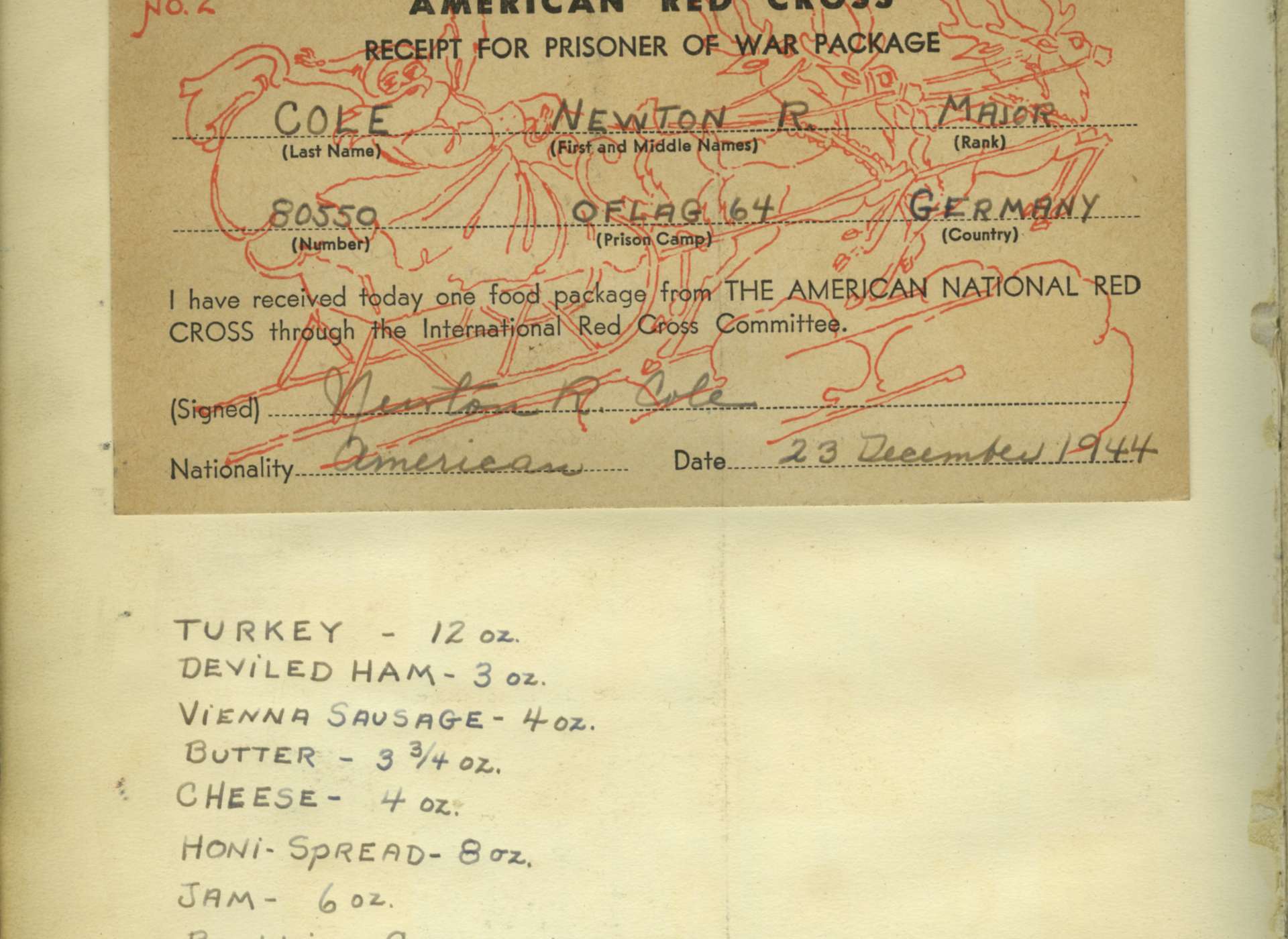
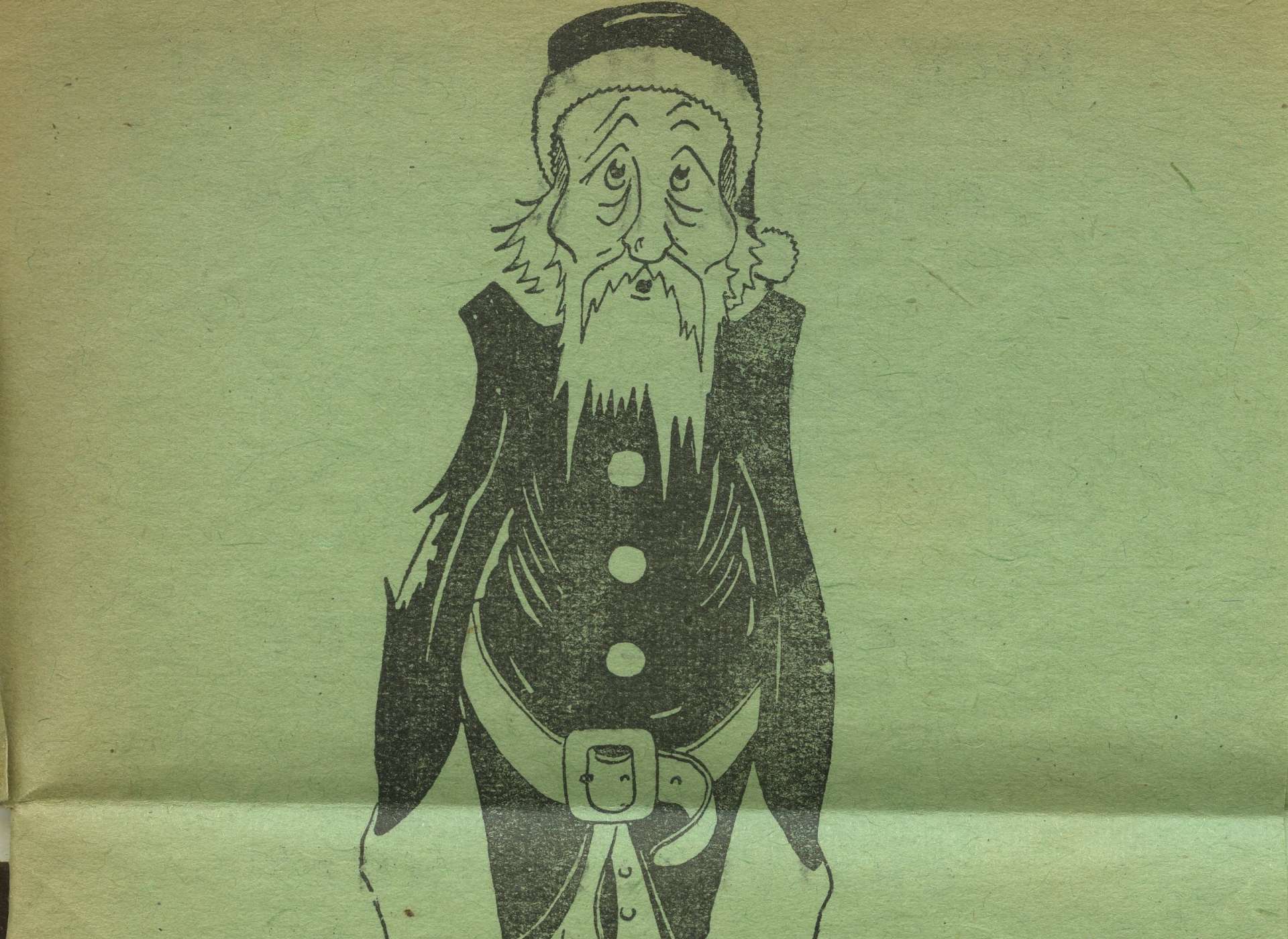
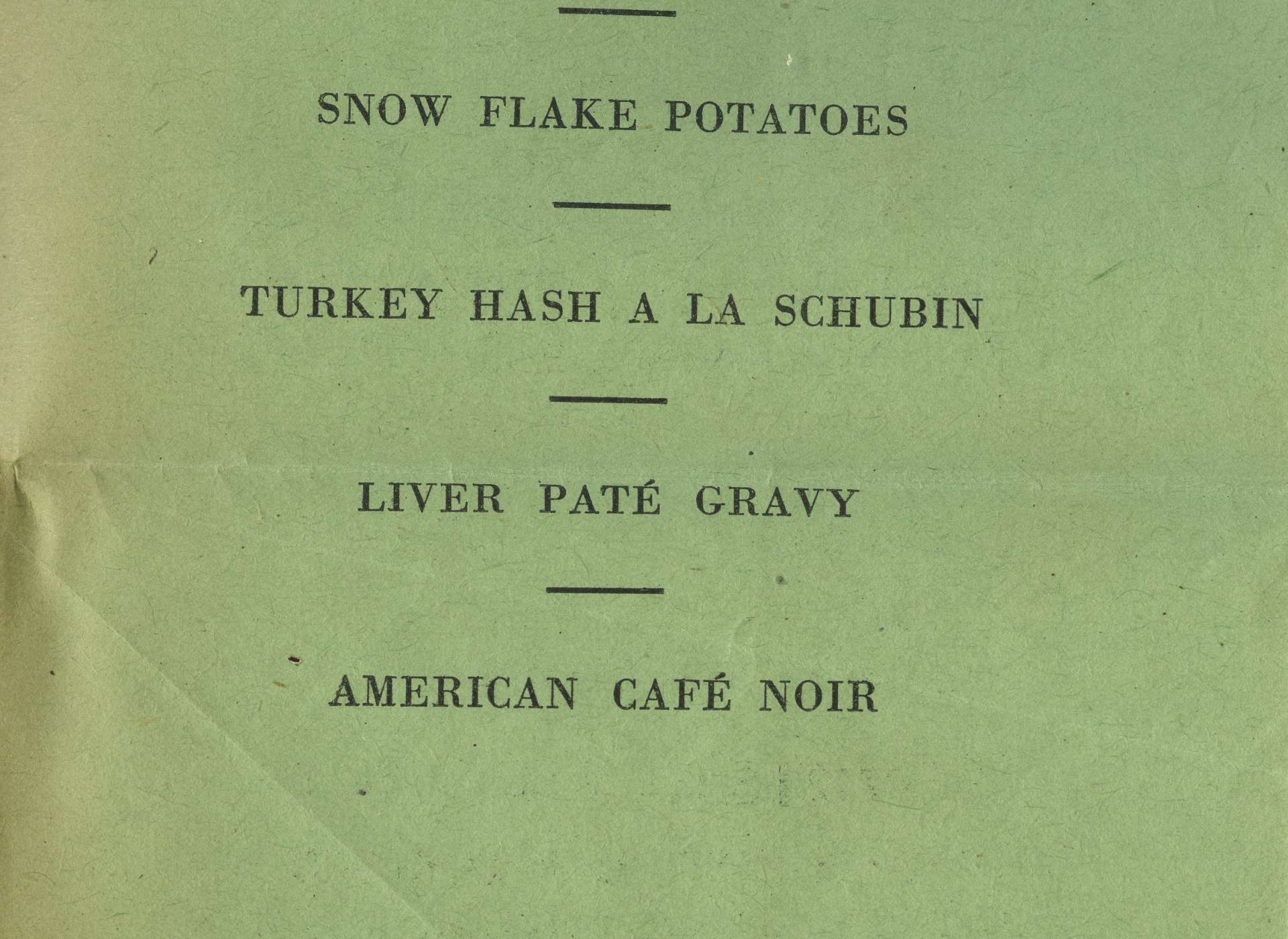
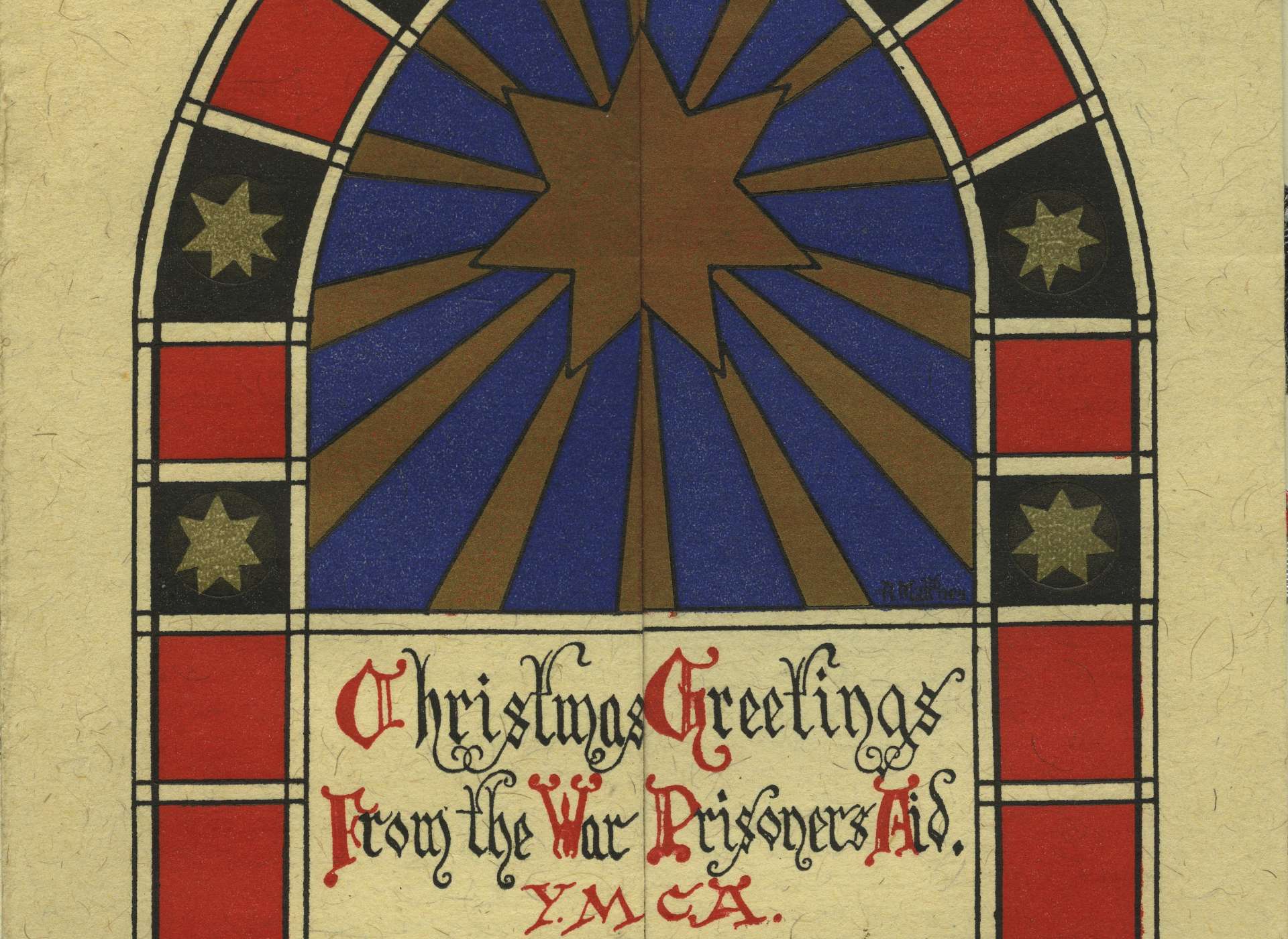
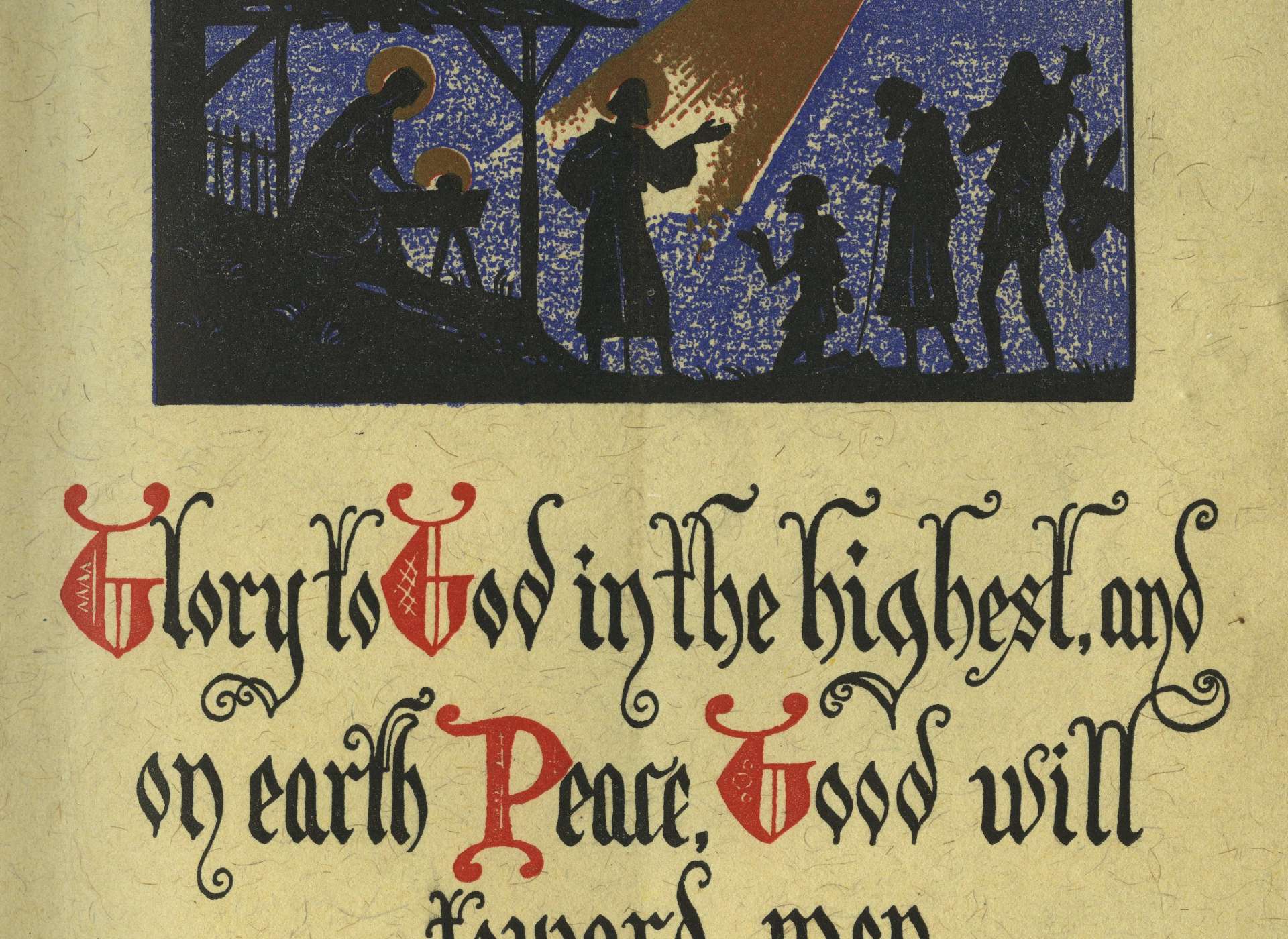
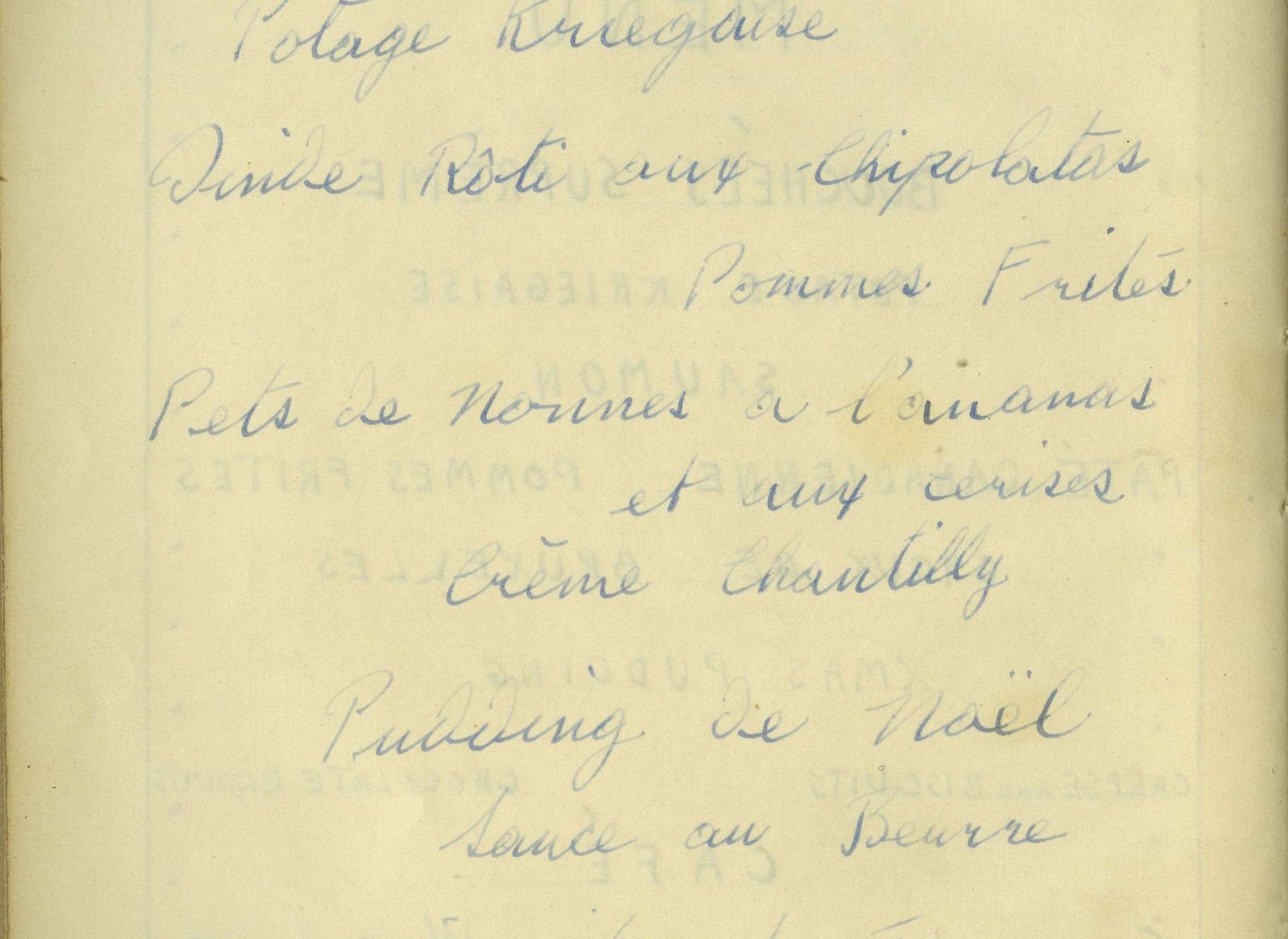
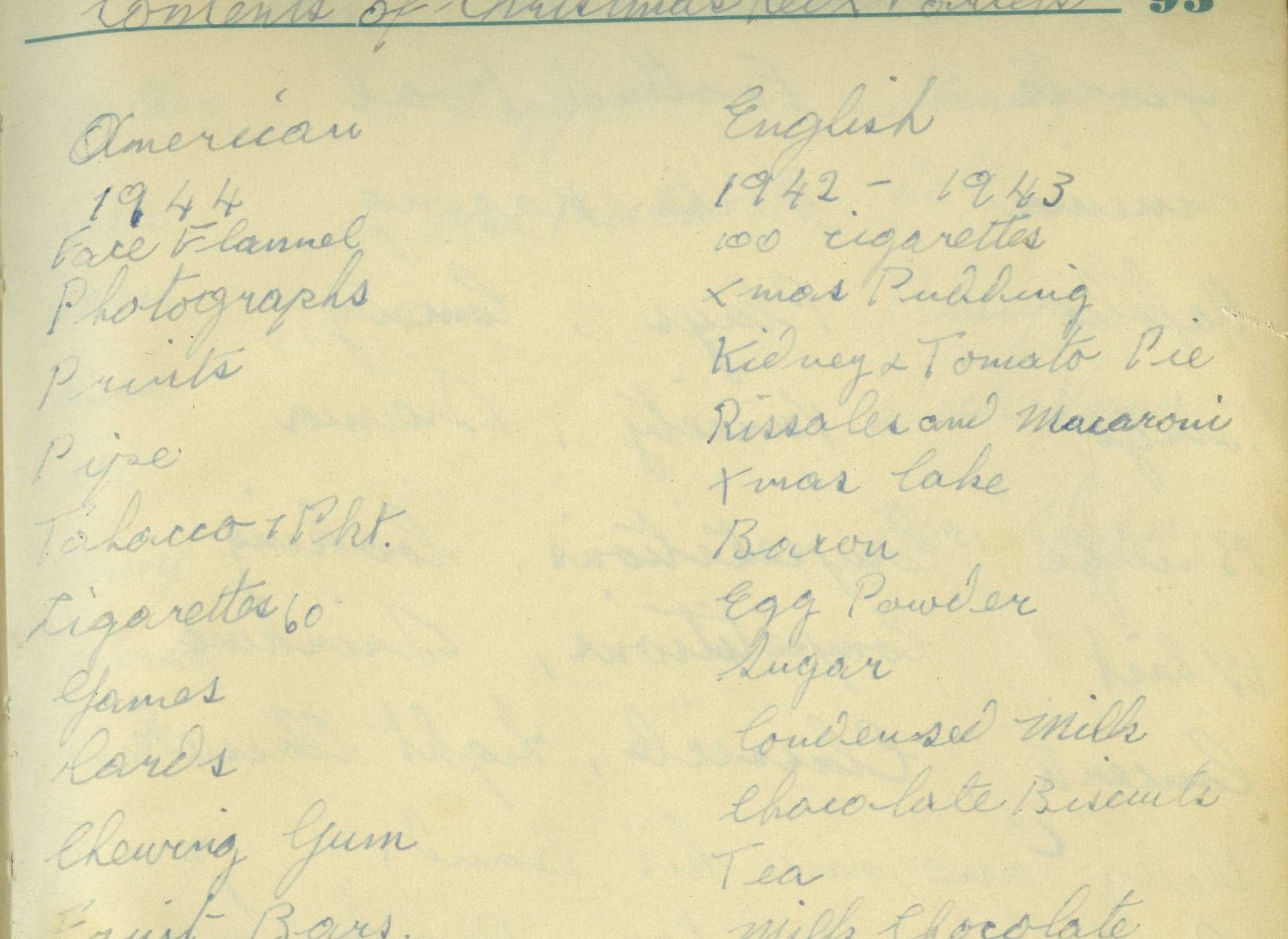
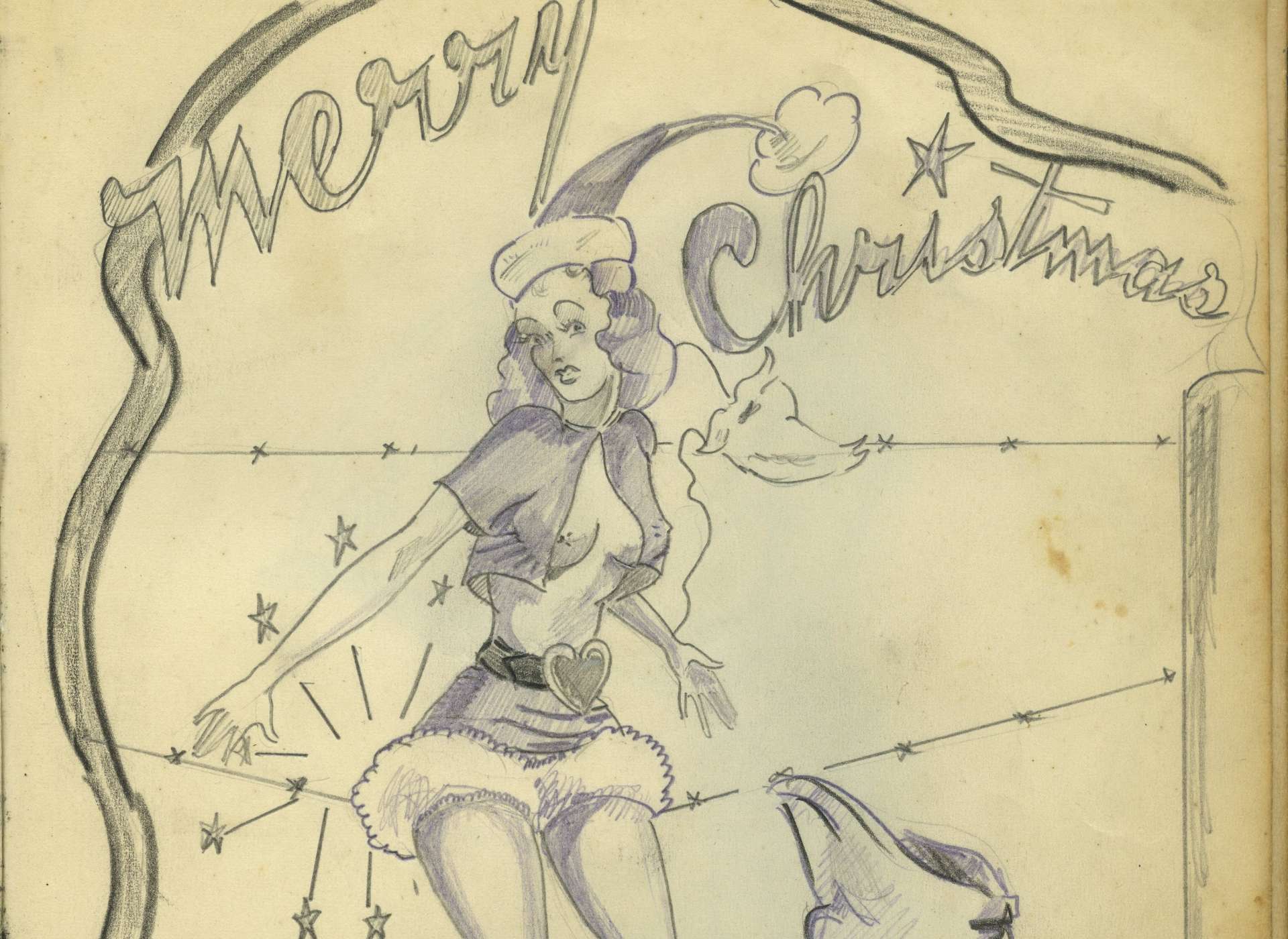
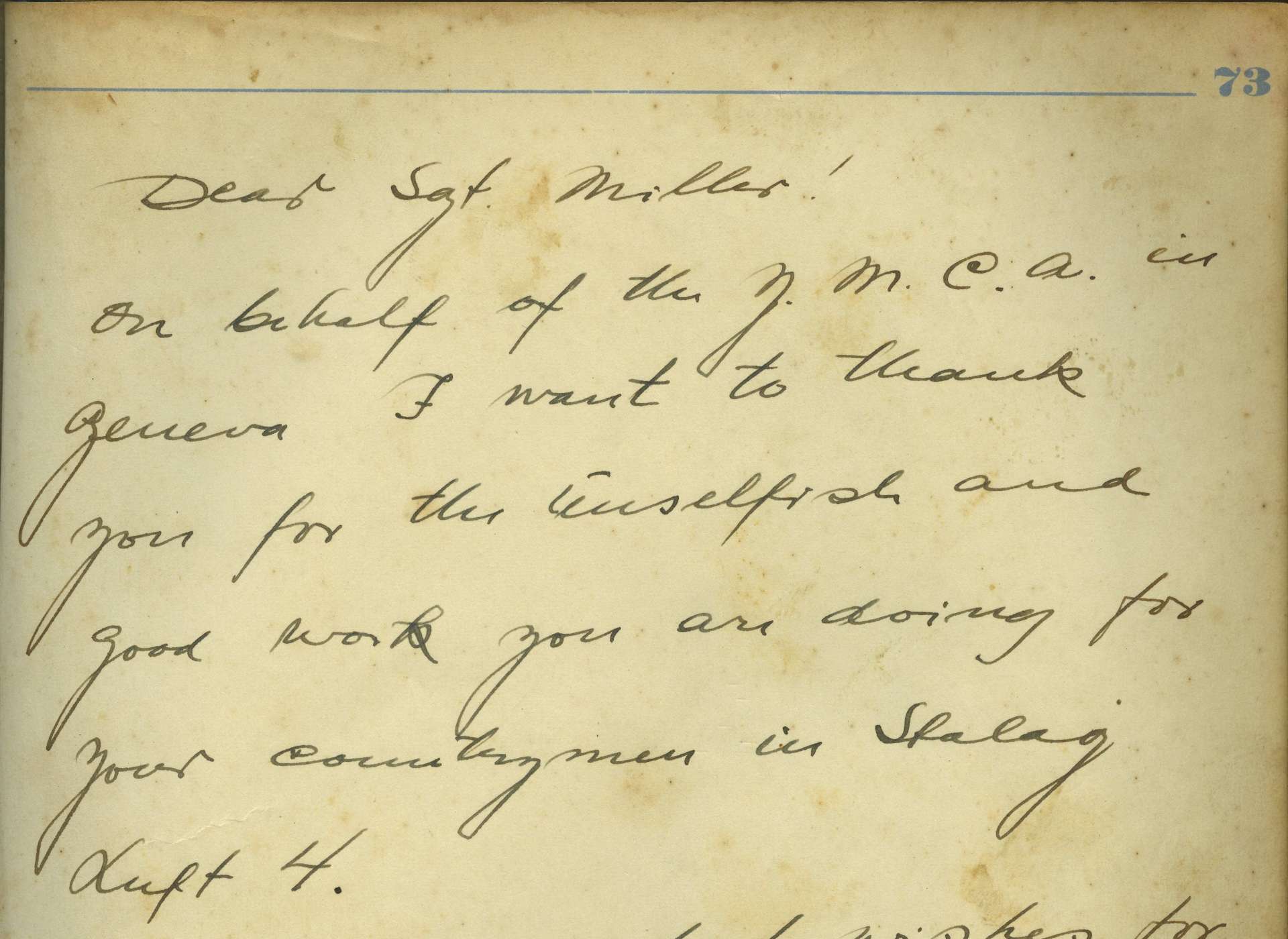
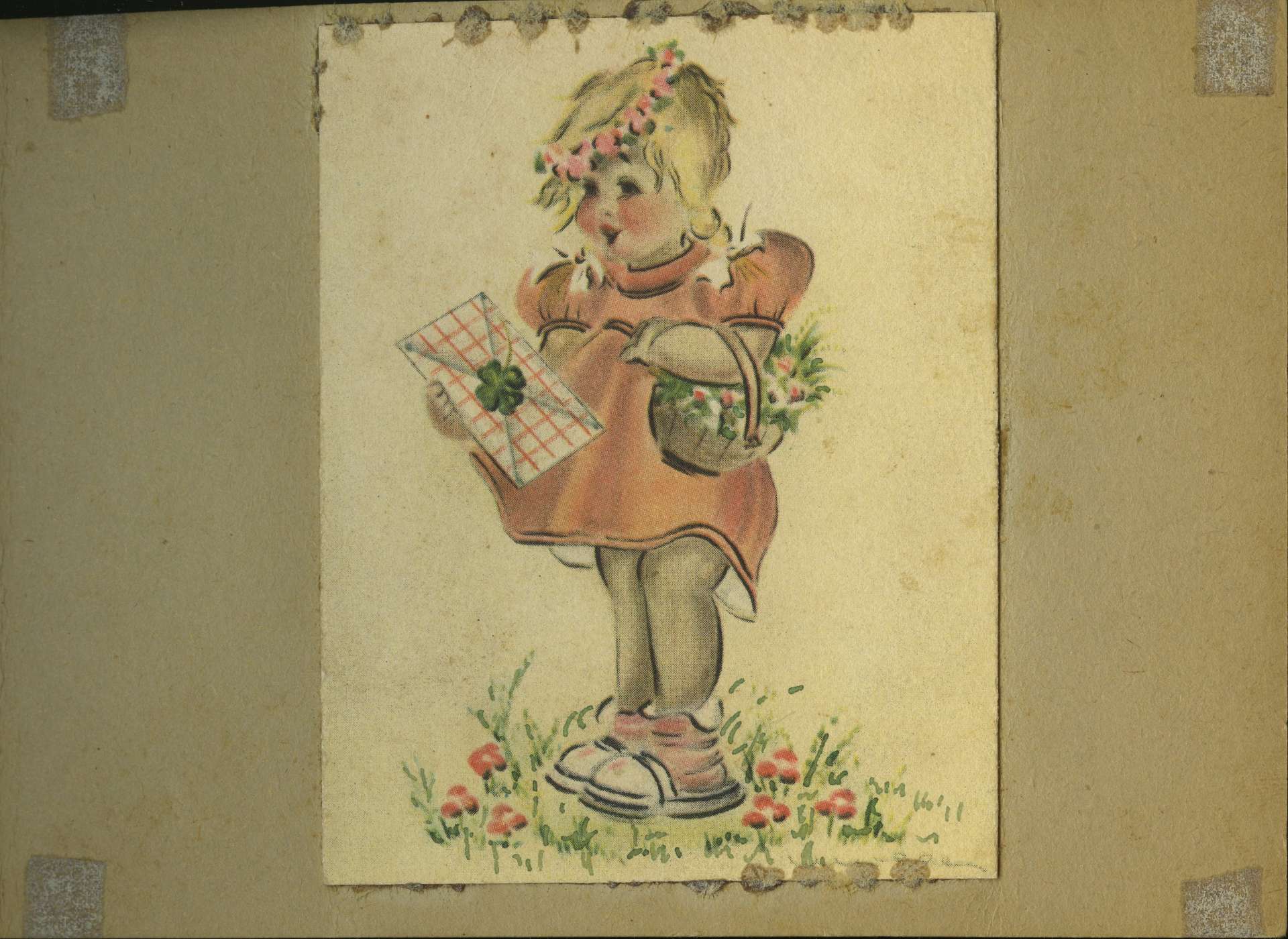
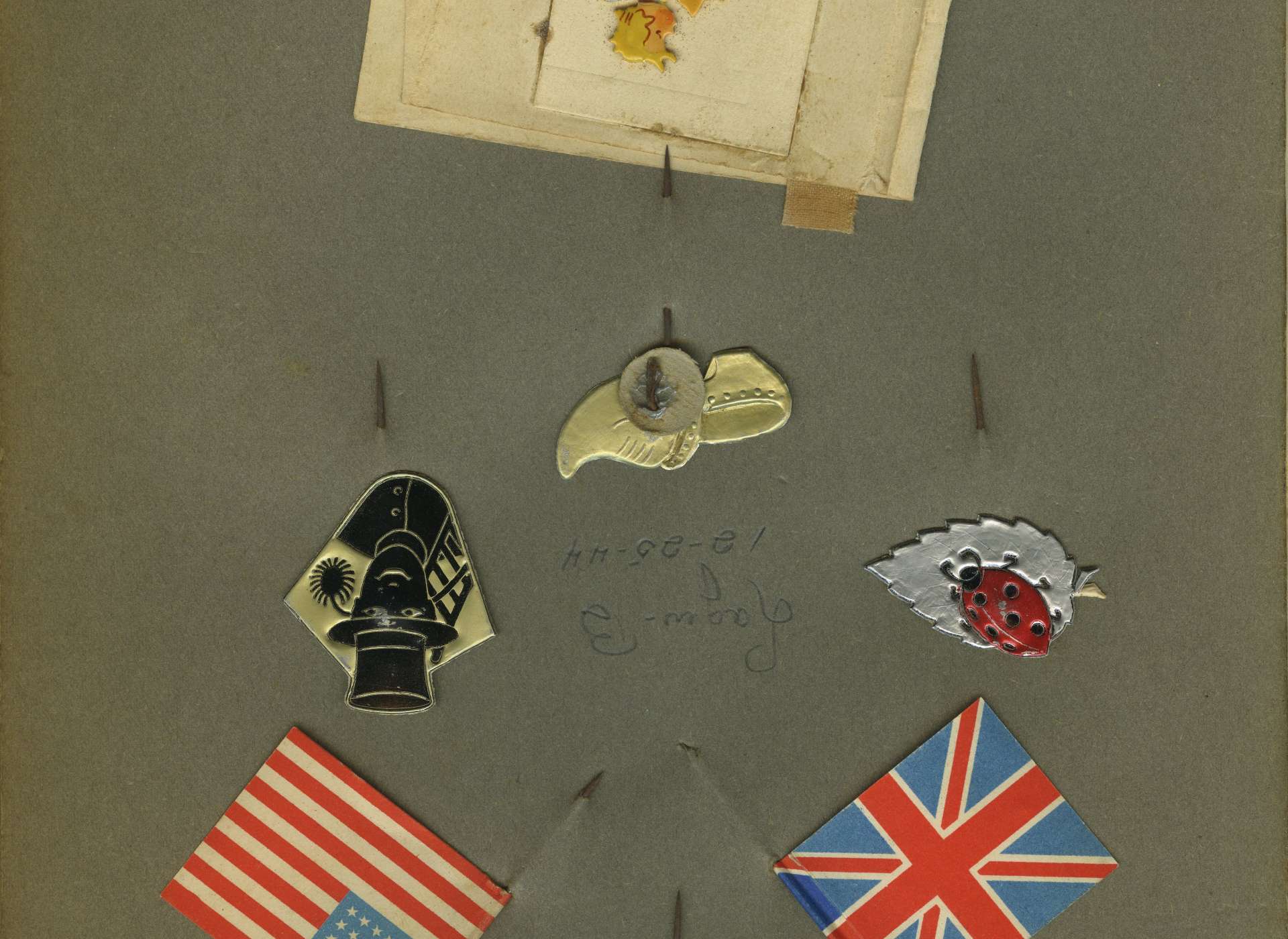
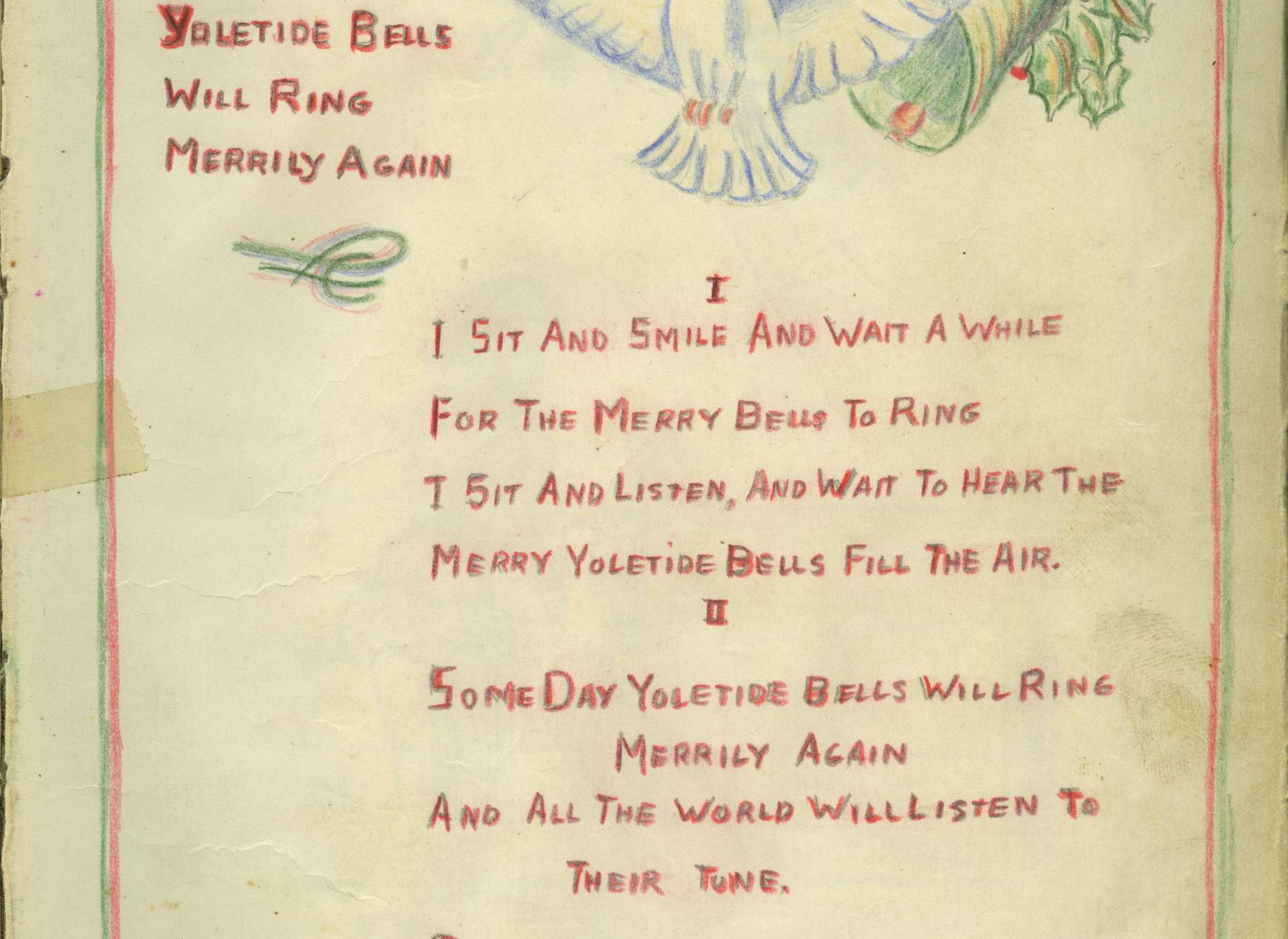
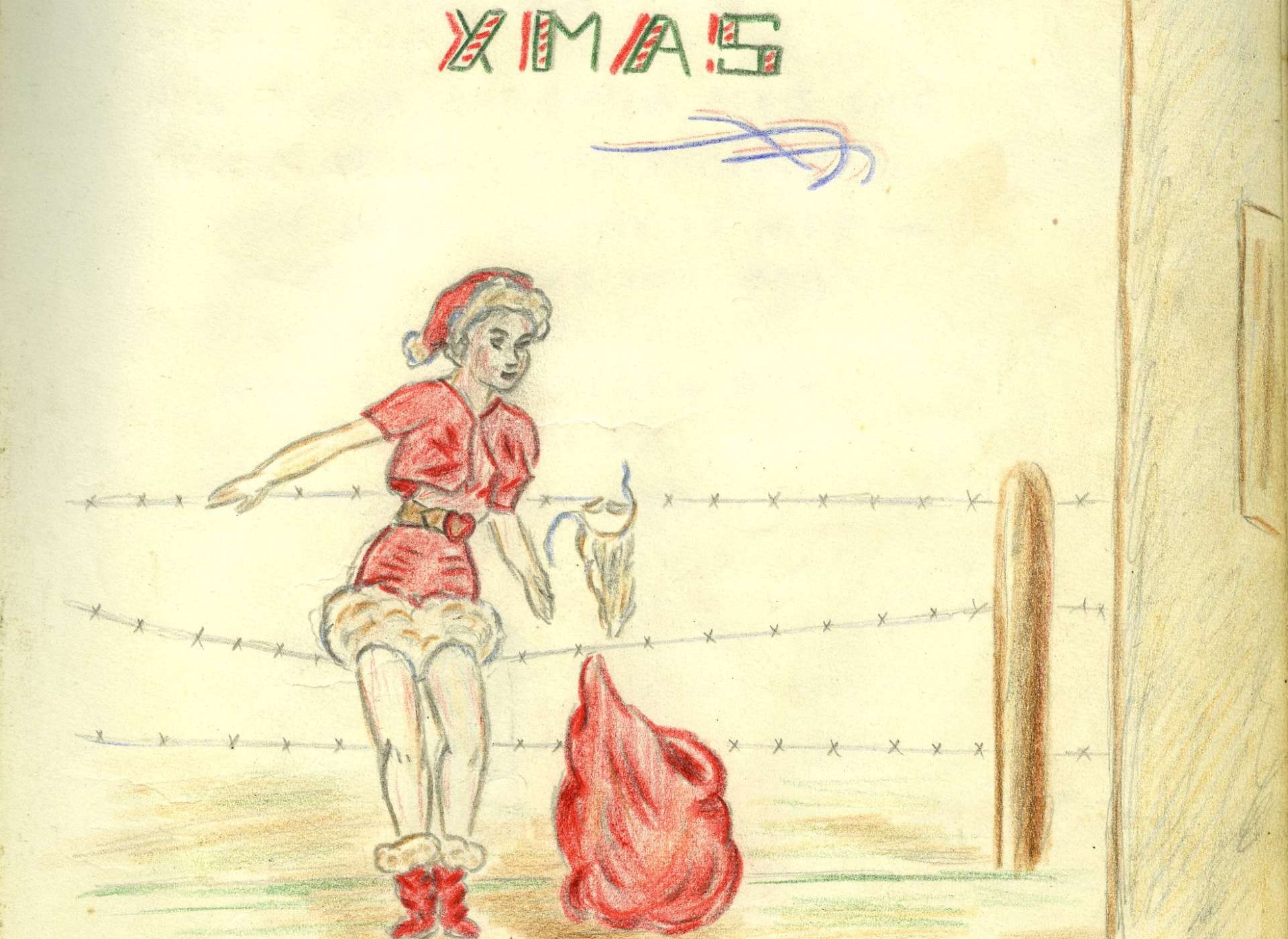
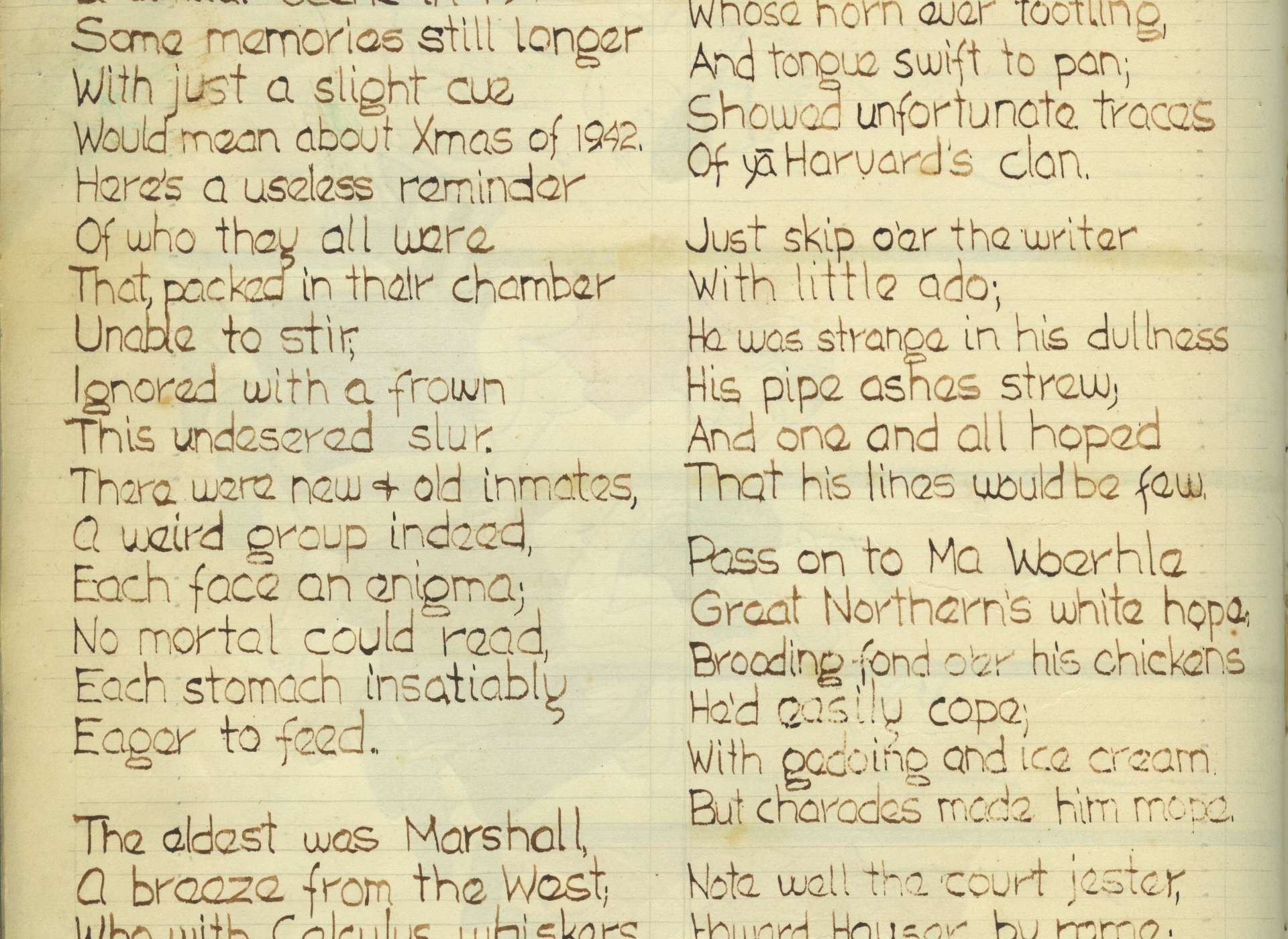
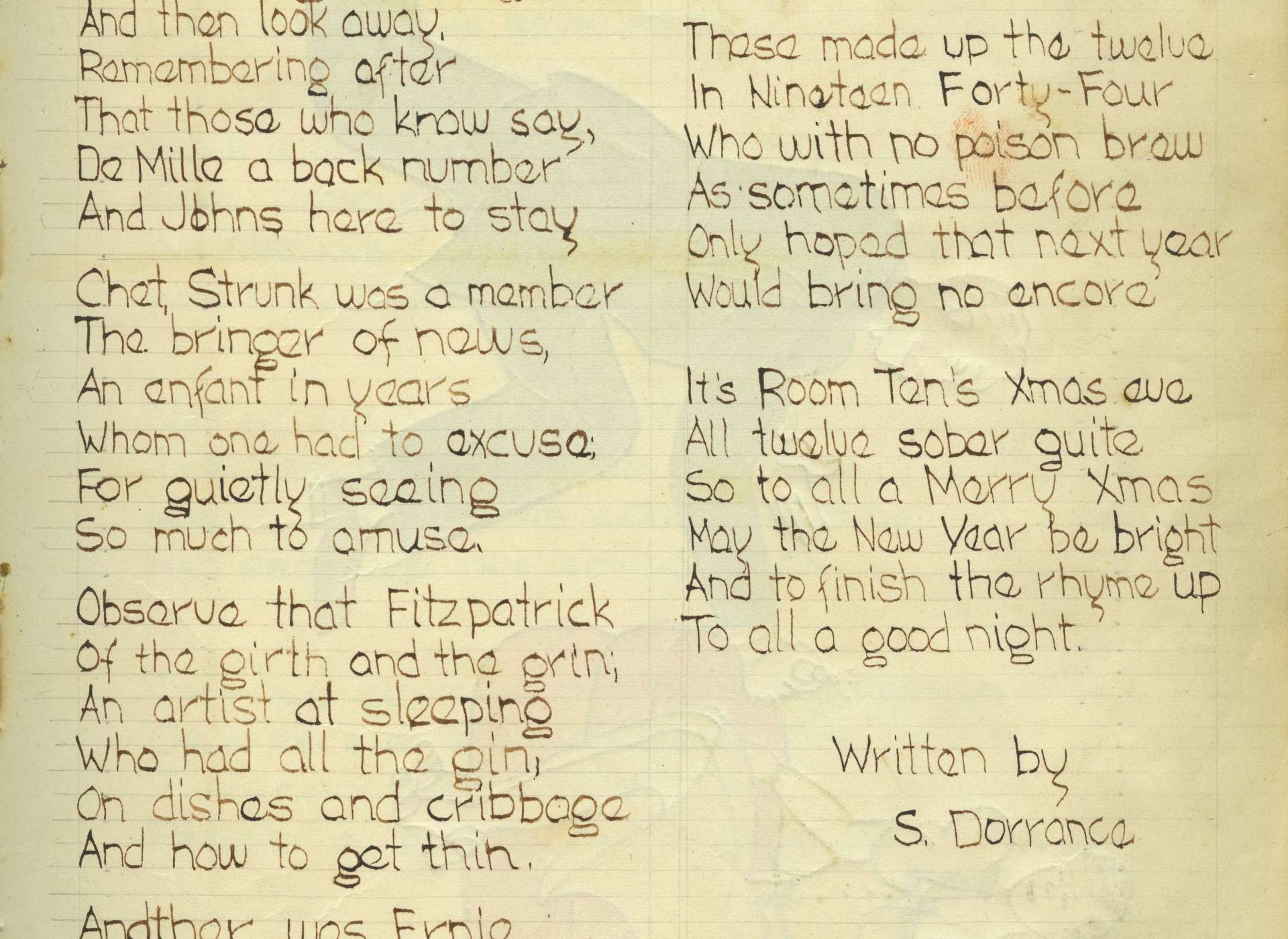
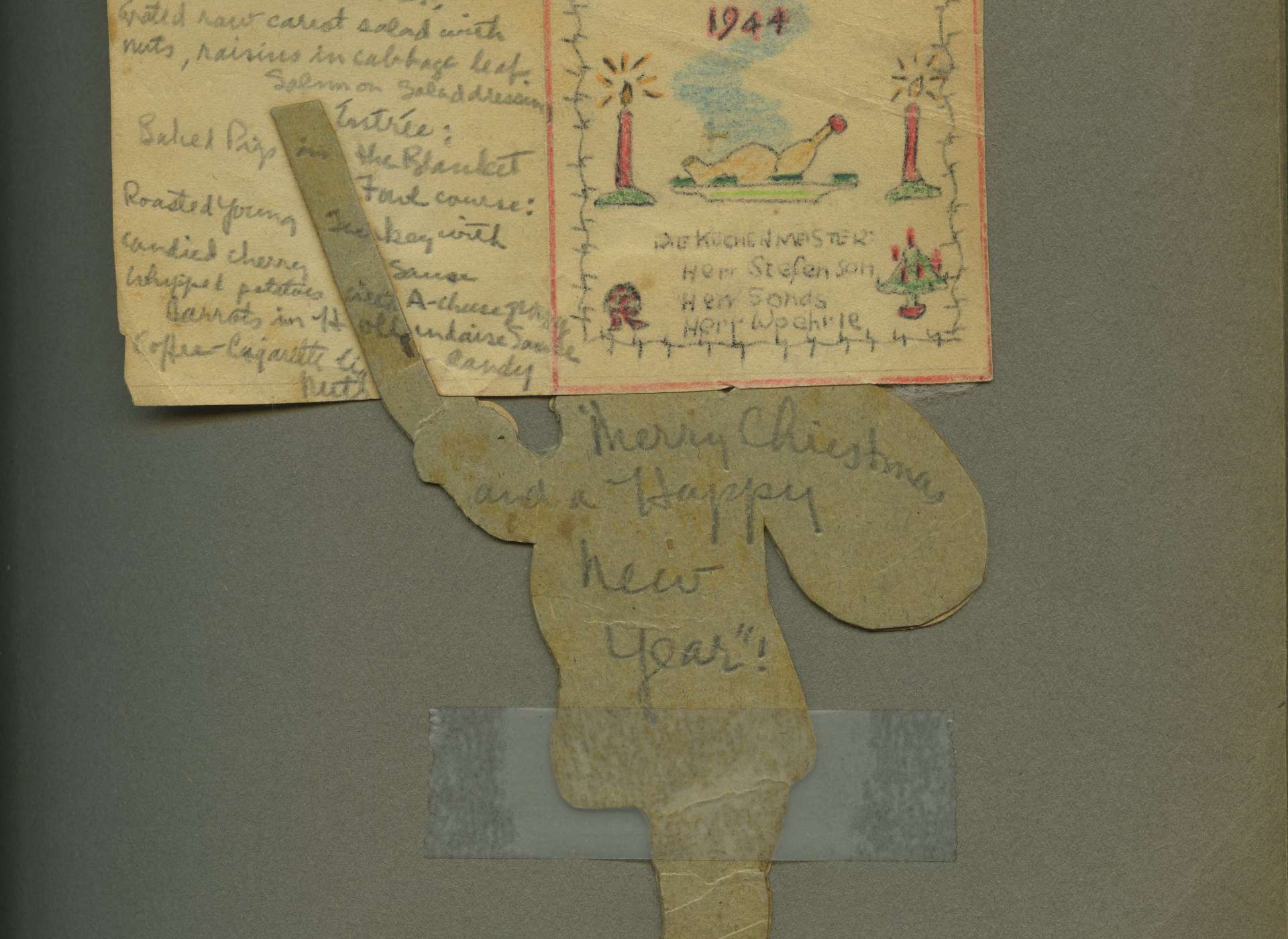
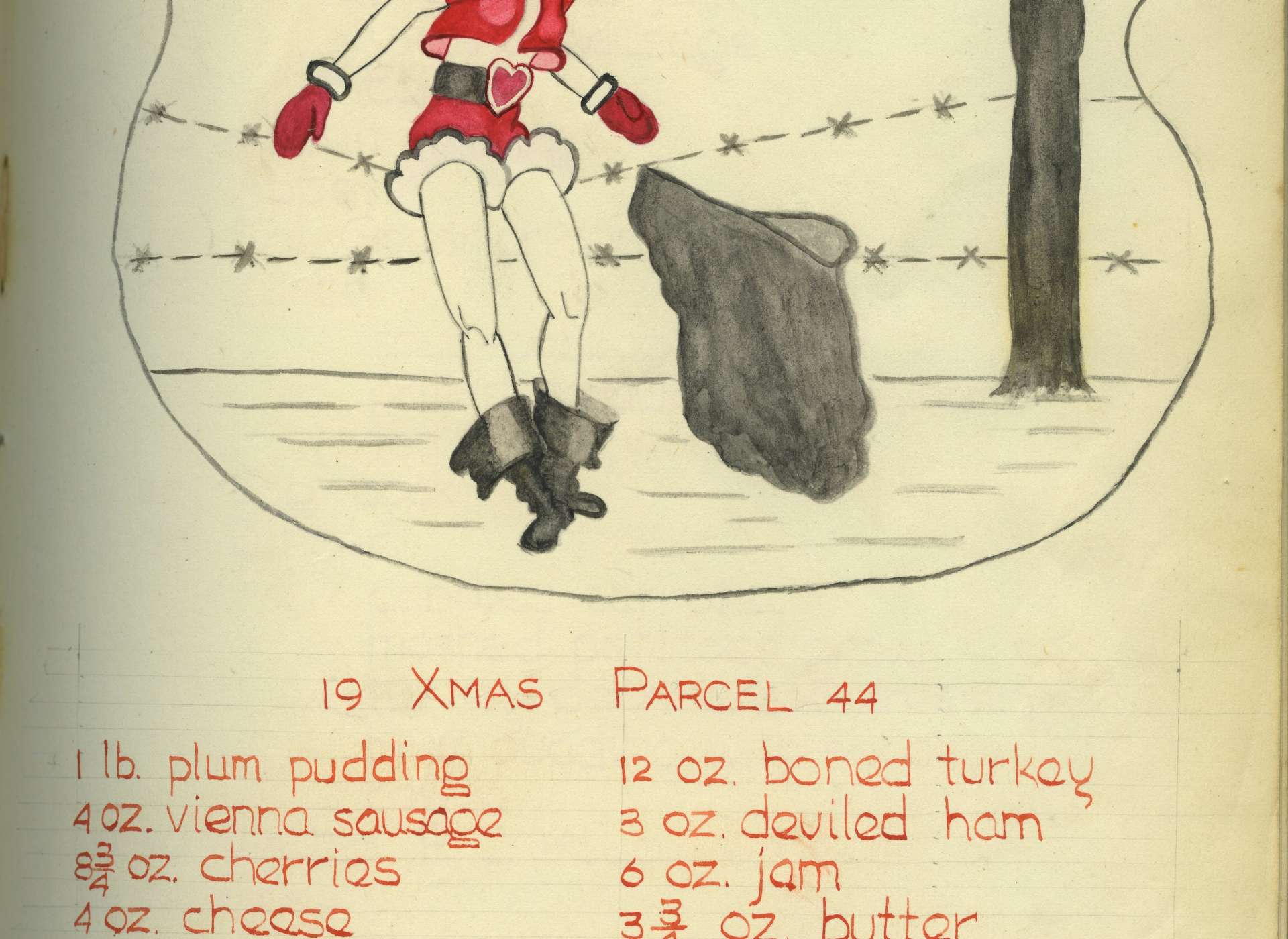
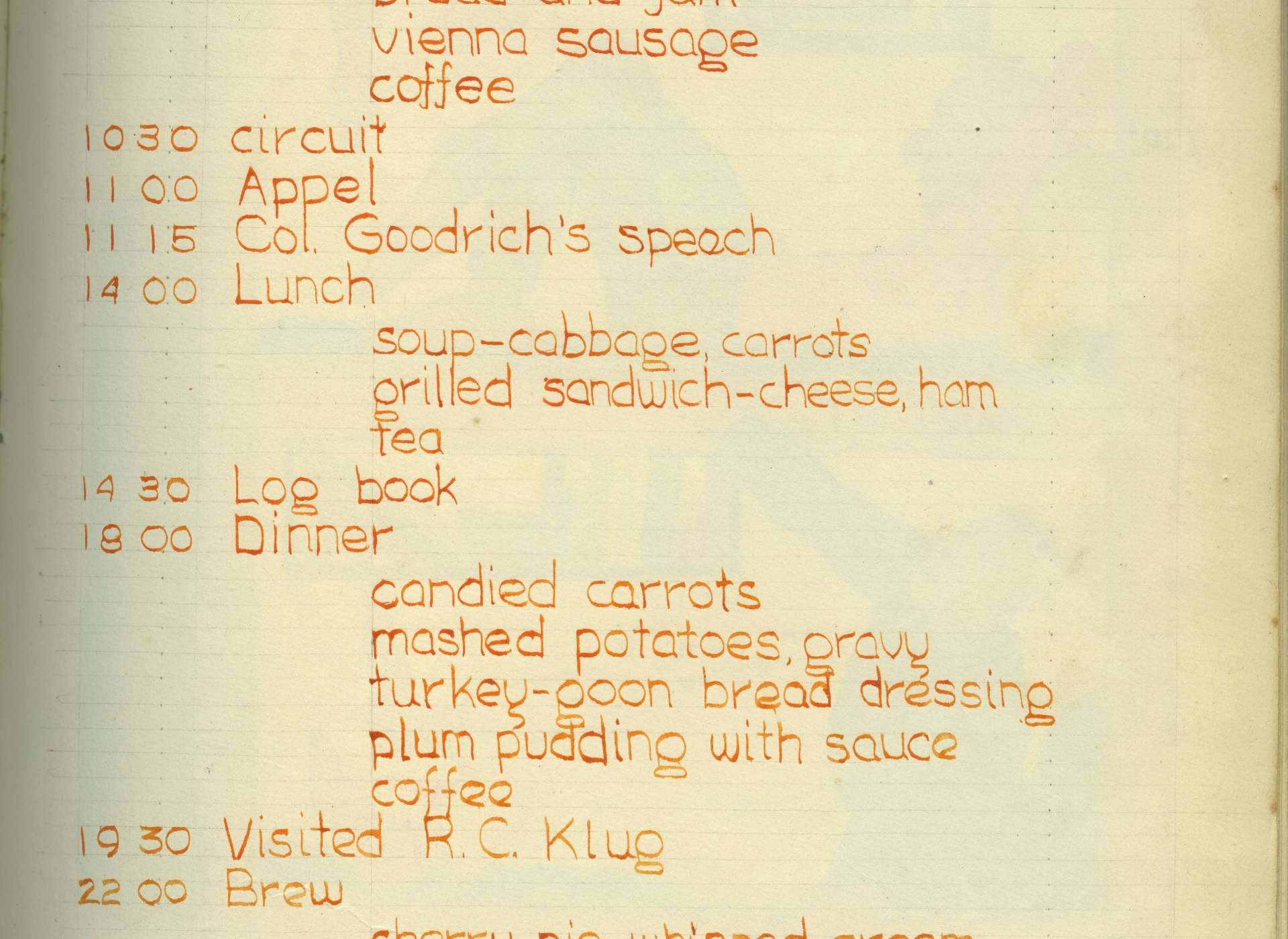
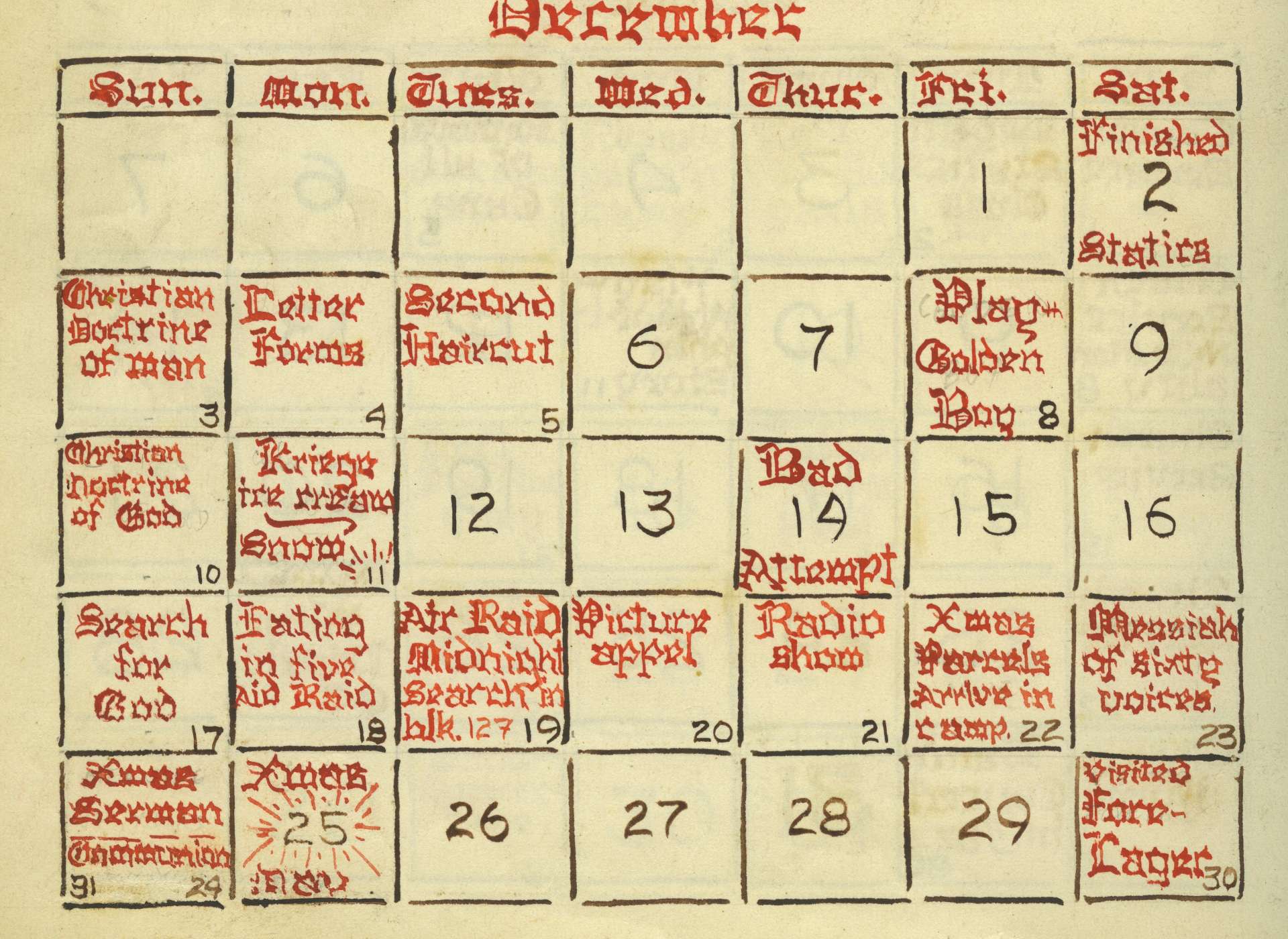
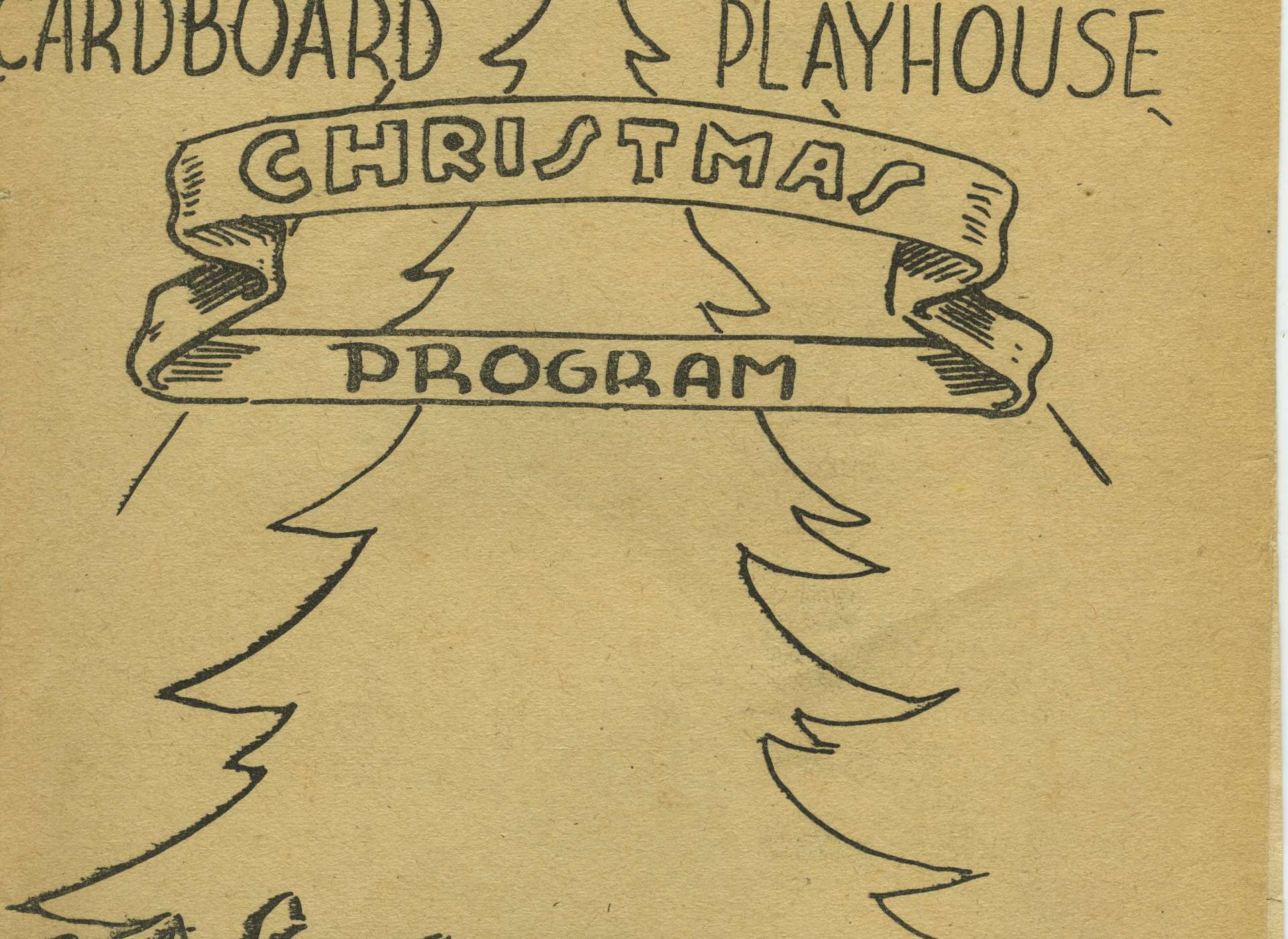
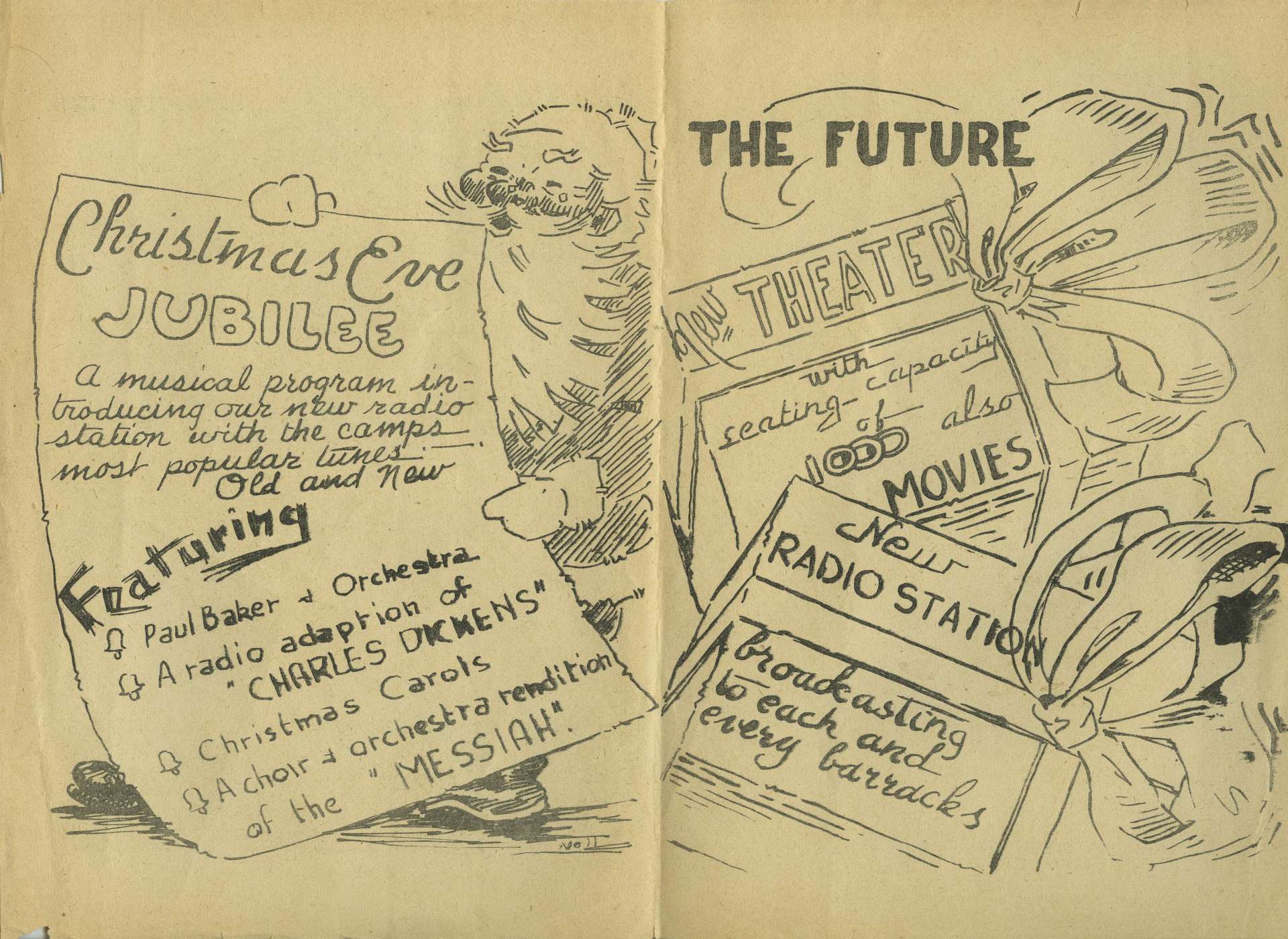
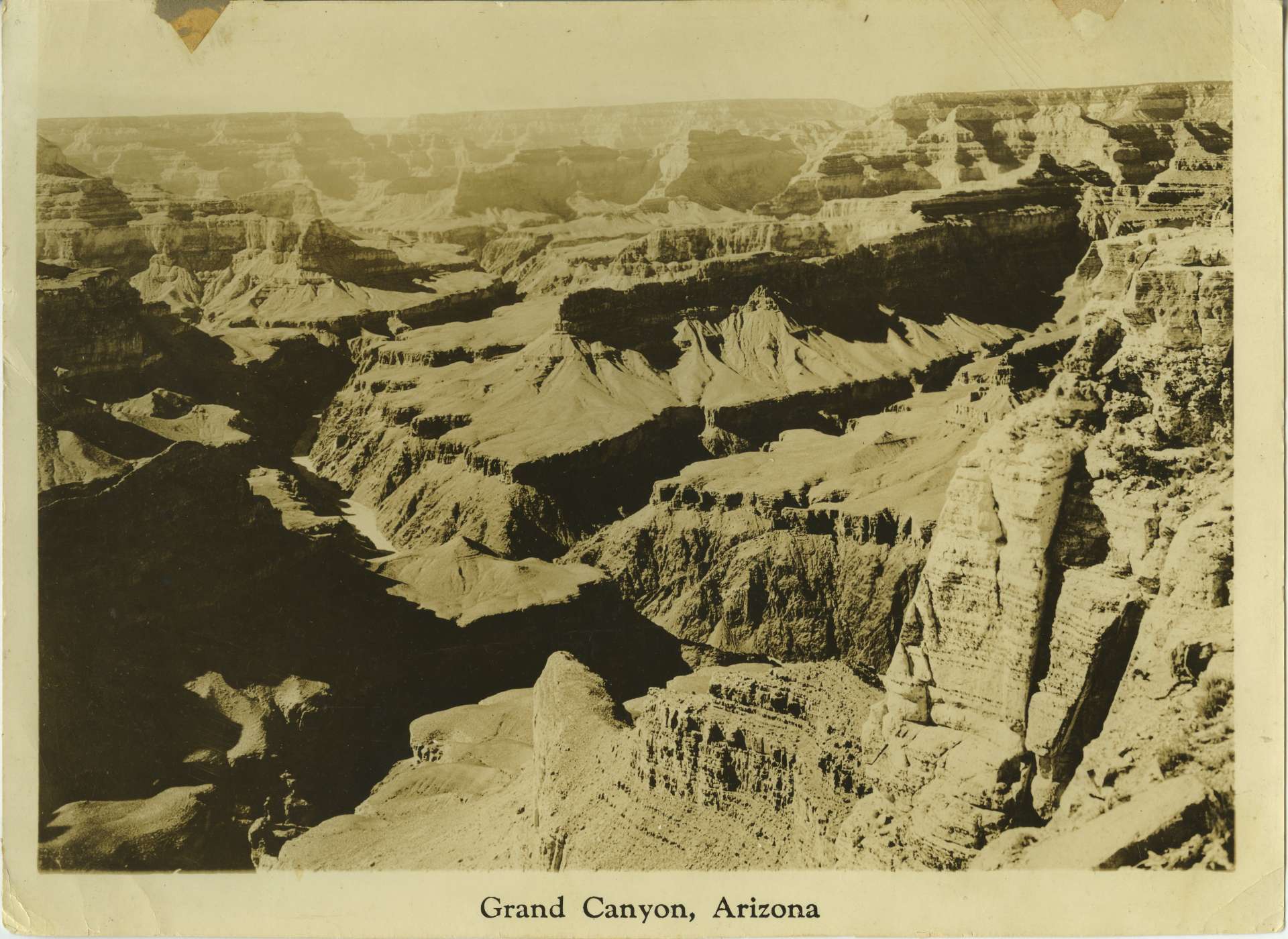
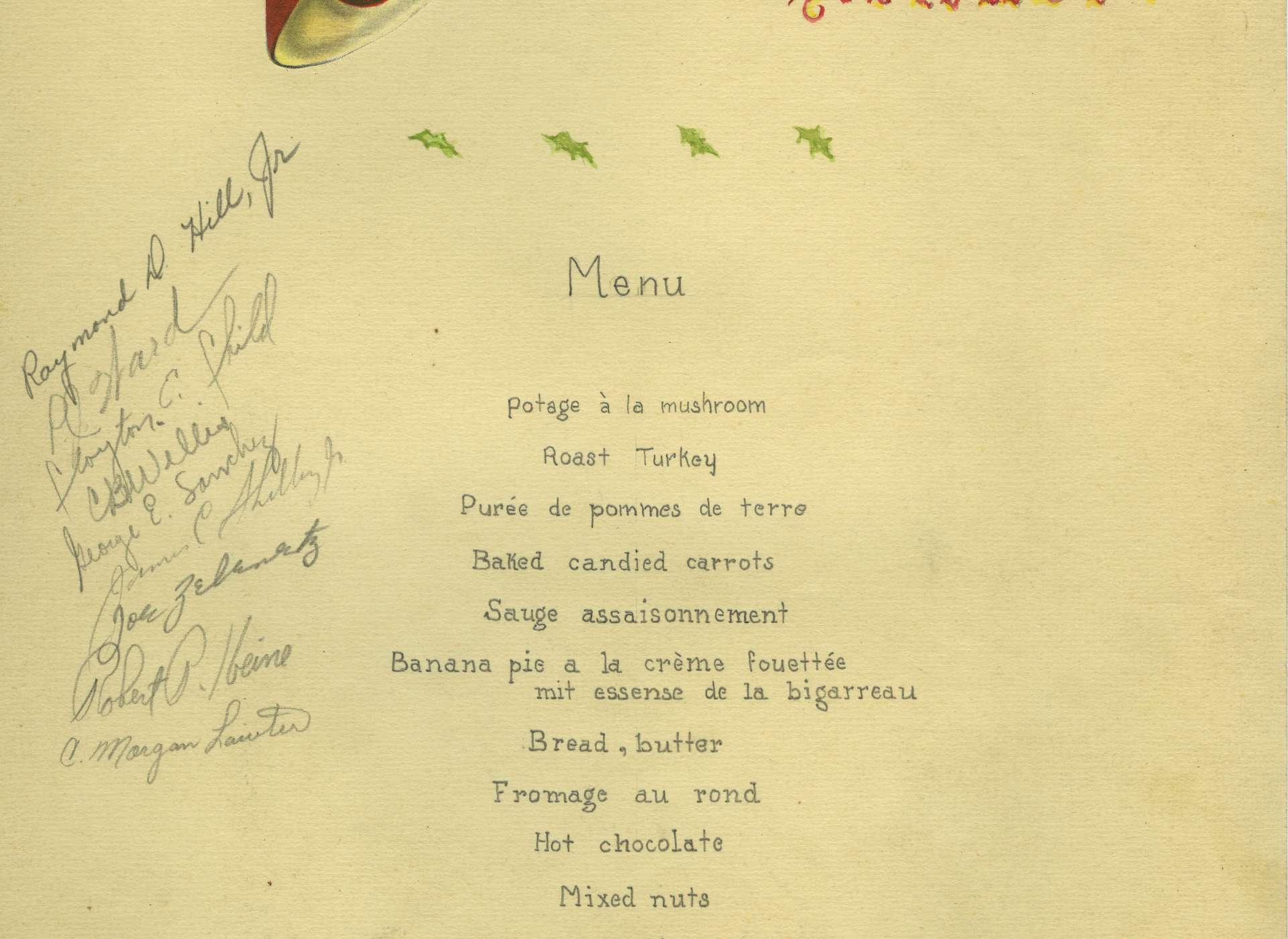

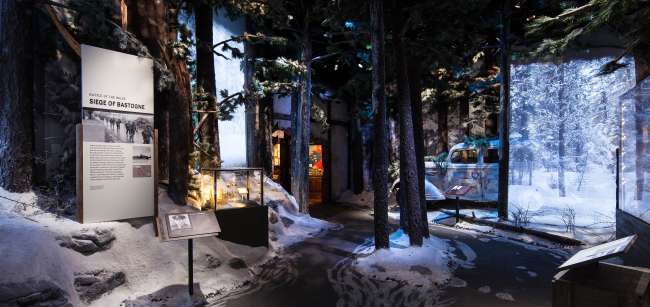
![Max Fuchs, New York City cantor, sings as Rabbi Sydney [sic] Lefkowitz, Richmond, VA, conducts the first Jewish services from Germany.](/sites/default/files/styles/max_650x650/public/2025-10/image1.jpg)






